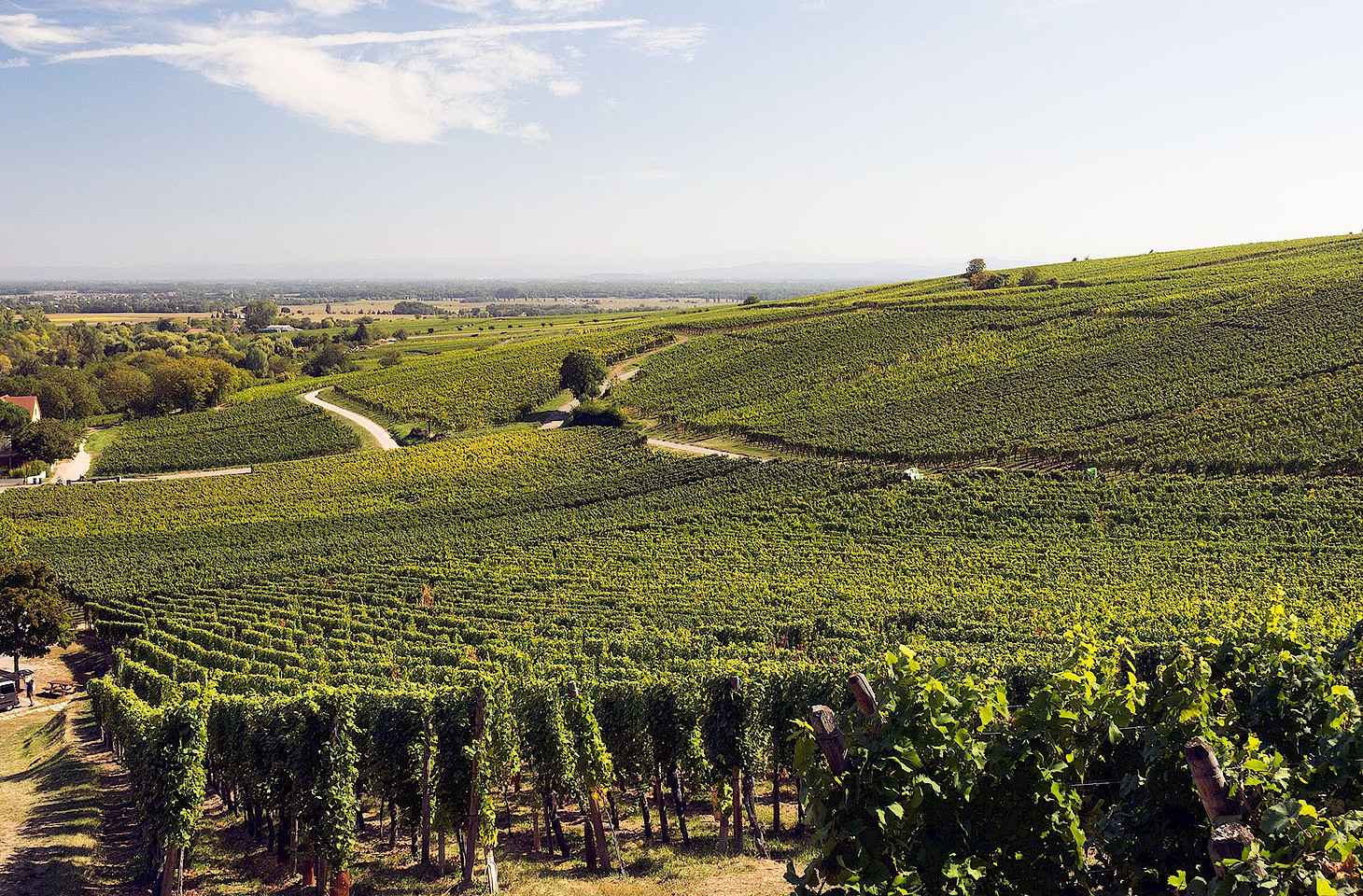It is early evening, the hour when the swifts come down from on high to hunt around the town. Screaming scimitar-winged squadrons of swifts circle the tower of La Encarnación church, swooping low over the square and racing gleefully through the church’s archway in tight formation like jet fighters at an air show. It is always about this time of day that the birds’ insect quarry can be found close to the ground. Not that flies are all that noticeable in Alhama de Granada — the ravenous swifts soon take care of them.
The sun is lowering over the gorge cut by the Río Alhama. The town’s stonework still radiates heat, slowly releasing stored energy as dusk descends. Early evening is when Plaza de la Constitución, the upper town’s main square, is at its most lively. It is the hour when the town’s pensioners make their evening paseo around its perimeter, separate clusters of men and women gathered in small groups. The square’s strollers are dwarfed by the bluff ramparts of the castle, a privately owned building that lurks sternly behind locked wooden doors. The castle was the subject of a local scandal a year or two ago when its crenellated walls were painted ox-blood red by the owner — sheer heresy in this land of white hill towns. This is the sort of thing that makes headline news in Alhama de Granada these days — a quiet, oldfashioned sort of place, set in its ways; it is not the sort of town to welcome too much change, although things were very different in the past.
This is also the hour when young couples take their babies on a pushchair promenade and bring older siblings to play with the other children in the square. It’s the time when even the most impecunious can usually find enough change for a café solo at one of the outside tables of the bars that surround Plaza de la Constitución — the serious drinkers, not that the town has many of them, remain indoors propping up the bar, oblivious to the action outside.
Alhama de Granada probably has more bars than a town of this size can comfortably support but this is hardly unusual in Spain. Profits are marginal, and wages are low, yet places like Mesón Diego, usually the busiest of all the square’s bars, still manage to provide a hearty three-course menú del día for only eight euros. Tapas come free too, with every beer or glass of wine, increasingly a rarity in modern-day, recession-hit Spain. The waiting staff look weary, hardly surprising as most have been on duty all day, grabbing a cigarette break or a bite to eat whenever they can. More often than not, the bars are family-run enterprises and it is the young and energetic who work the longest hours, grateful at least to have a job. Gainful employment for young folk in today’s Spain is hard to find and rural Andalucía is worse than most areas, although for English speakers there is always the chance of work in the tourist trade down on the coast.
Alhama de Granada gets bypassed by most foreign tourists, who even when they do head inland from the costa tend to set their sat navs for better known destinations in Andalucía like Seville, Ronda and Granada. Granada, fifty kilometres away to the north-east, has long been the poster girl for Andalucía and the vanished Spain of the Moors.



